We certainly hope that you enjoy reading this article about 3 Tantalizing Tasmanian Animals as much as we enjoyed creating it for you. These creatures truly represent wondrous examples of the variety and resourcefulness of Nature. They’re truly remarkable.
Obviously, though, thse 3 Tantalizing Tasmanian Animals only represent a tiny handufl of the amazing fauna, as well as flora, to be found in the region. It’s our hope, however, that learning of these few examples will whet your appetite, and lead you to seek to learn even more.
Tiger Quoll
Tiger Quoll Facts
- Leading off this article about 3 Tantalizing Tasmanian Animals is the remarkable and surprising creature most commonly known as the Tiger Quoll.
- The term for this marvel serves as the common name for a truly amazing creation of Nature. Scientists, however, know it by a wholly different name. That’s because, among professional researchers, it’s generally referred to as the Dasyurus maculatus.
- Some local inhabitants of the range it inhabits also refer to it by yet another common name. That alternate term’s the name of Spotted Quoll. Regardless of which name one uses for it though, this marvel of evolution remains a most fascinating animal.
- This statement, perhaps surprising to some, holds true because the animal evolved as a carnivorous marsupial. It ranks as unusual due to one particular fact. That’s the fact that the animal represents one of only 40 such marsupials known to inhabit the earth.
- This interesting animal also stands out for its size. That’s because it ranks as the largest extant carnivorous marsupial in the region it inhabits. Though not the heaviest, the species nevertheless qualifies as the longest known such marsupial on earth.
- Within its zone of habitation, science considers it an apex predator. Biologists also recognize two known subspecies. For now, the IUCN lists the Tiger Quoll as Near Threatened. Sadly, it remains vulnerable to habitat loss and climate change.
Tiger Quoll Physical Description
Perhaps most notably, out of all the known species of quoll, the Tiger Quoll remains the largest. Like many other creatures, this marsupial also displays the trait of sexual dimorpshism. In this particular case, that trait manifests itself in terms of sheer physical size.
In this species, that attribute displays itself in the fact that males attain significantly larger sizes. The much larger male of the species attains an average weight of roughly 7.7 lb (3.5 kg). The adult males also average about 36.6 in (93 cm) in the total head and body length.
The female of this fascinating species, meanwhile, attains a markedly smaller size. While this is a reasonably common characteristic among mammals, this creature takes it to a greater degree than some. This discrepancy manifests itself in terms of weight and length.
In point of fact, the female only attains an average body weight of about 4 lb (1.8 kg). The females further only average a head and body length of 31.9 in (81 cm). This size difference does, however, make it easier for researchers to distinguish the genders in the wild.
The tails generally grow longer than the head and body. The legs of the Tiger Quoll usually develop quite short in length. The coat also typically shows a brownish-red, with white spots. The underbelly, though, usually displays either an off-white or light gray in color.
- Kingdom: Animalia
- Phylum: Chordata
- Class: Mammalia
- Order: Dasyuromorphia
- Family: Dasyuridae
- Genus: Dasyurus
- Species: D. maculatus
Tiger Quoll Distribution, Habitat, and Ecology
To the surprise of few individuals, the fabulous Tiger Quoll evolved as endemic to a portion of the world already renowned for its amazing flora and fauna. That’s due to the fact that the amazing mammal originated in the eastern regions of the continent of Australia.
The species also impresses researchers for yet another reason. That’s because it can also tolerate a wide variety of habitats. The great majority of individuals most commonly appear in the relatively abundant areas of either eucalyptus forest or rainforest, however.
Although highly adaptable, the incredible animal does display a decided preference for where it spends the greater portion of its time. More precisely, the creature generally lives on the ground. The small but powerful marsupial can, and frequently does, climb trees, though.
Fortunately for it, this creates a limitation to the number of predators the Tiger Quoll faces. But species such as the Masked Owl and the Tasmanian Devil do prey upon it. Yet in turn, the astonishing carnivore appears to be extremely indiscriminate in its own choice of prey.
This perhaps gives it something of an evolutionary advantage. These prey include a wide variety of insects, snakes, lizards, small mammals, birds, rabbits, and wallabies, to name a few. Many individuals also prefer to scavenge large prey when it is available.
Tasmanian Devil
Tasmanian Devil Facts
- Appearing next in this compilation of 3 Tantalizing Tasmanian Animals comes the well-known, thoughly widely misunderstood, Tasmaninan Devil.
- The fascinating creature long ago became a symbol of aggressiveness and savage behavior. While fact often becomes mistaken for fiction, in its case this symbolism is indeed based in fact. That’s because it tends to have an extremely aggressive nature.
- The impressive creature also represents a most unusual type of animal. That holds true because the remarkably animal classifies as a carnivorous marsupial mammal. The amazing animal also presently ranks as the largest such species still in existence.
- Sadly, however, the Tasmanian Devil may not hold that particular distinction for long. It once appeared numerous throughout a comparatively wide range of habitation. The creature now exists almost exclusively in only one isolated location in the world.
- Its numbers dwindled dramatically during the 19th and early 20th centuries, though. But, the unique mammal finally became a protected species in 1941. Consequently, the population of the species slowly began to recover, at least for a period of time.
- Beginning in 1996, a new, and serious threat emerged. At that time, a bizarre disease began to ravage the population. Causing severe facial tumors, it eventually prevents feeding, and leads to starvation. Due to this, the IUCN now lists it as Endangered.
Tasmanian Devil Physical Description
Although the Amazing Tasmanian Devil ranks as the largest animal of its kind, it nevertheless remains relatively small. The magnificent animal does, however, display a moderate degree of sexual dimorphism. In its case, the males attain a slightly larger size than females.
This holds true due to the fact that males usually develop a head-and-body length of about 25.7 in (65.2 cm). The tail of the creature averages a length of roughly 10.2 in (25.8 cm). In terms of weight, the males of the species generally average about 18 lb (8.16 kg).
Yet the females of the species usually only reach about 22 in (57 cm) in head-and-body length. Further, the same females also develop a tail averaging 9.6 in (24.4 cm) in length. But, in terms of weight, these same females only typically reach a weight of about 13.2 lb (6 kg).
In both genders, the front legs grow somewhat longer than the rear legs. This gives the Tasmanian Devil a distinctive gait. In addition, the fur usually presents mainly black. Uneven white spots or splotches also sometimes appear on the rump and chest of the mammal.
- Kingdom: Animalia
- Phylum: Chordata
- Class: Mammalia
- Order: Dasyuromorphia
- Family: Dasyuridae
- Genus: Sarcophilus
- Species: S. harrisii
Tasmanian Devil Distribution, Habitat, and Ecology
As the name implies, the Tasmanian Devil is indigenous to the island of Tasmania. Though once present on the mainland of Australia, this now serves as home to all but a handful of individuals in the wild. The only others exist on a tiny island joined to it at high tide.
Within that limited range, however, the mammal proves itself to be highly adaptable. As a result, it presently inhabits every type of habitat on the island. This often even includes the outlying portions of urban areas. This, however, often proves to be to its detriment.
This carnivore also evolved as both nocturnal and crepuscular in nature. The prey of the Tasmanian Devil sometimes includes animals as large as small kangaroos. It most commonly prefers to hunt small prey, though. Being opportunistic, it eats carrion more than it hunts.
Finally, its reputation for aggressive behavior remains quite well deserved. That holds true due to the fact that, mainly living a solitary life, except for mating, males often fight savagely in encounters. Even its mating habits have been referred to as extremely vigorous in nature.
Tawny Frogmouth
Tawny Frogmouth Facts
- Closing out this compendium of 3 Tantalizing Tasmanian Animals is the fascinating avian known to those fortunate enough to see it is the Tawny Frogmouth.
- The term for this animal serves as the most frequently used common name for this remarkable species of bird. It also occasionally goes by the alternate names of either the mopawk or the mopoke. These, however, are now archaic terms.
- Professional researchers, however, typically refer to it by its official scientific name. That’s the hard to pronounce name of Podargus strigoides. Regardless of which name one chooses to use for it, the fascinating bird is a remarkable product of evolution.
- The first known offical recognition of the fascinating animal as a separate and distinct species occurred in the year 1801. At that time, the highly respected British naturalist and ornithologist John Latham made that entry into the annals of science.
- Fortunately, the wonderful avian appears to be maintaining a population base that’s both stable and sufficient, at least for the moment. The IUCN, therefore, presently lists it as a species of Least Concern on the organization’s Red List of Threatened Species.
- Given the nature of its habitat, however, it nevertheless could potentially face several threats in the near furture. Habitat loss due to human expansion ceertainly forms one of these. Its greatest potential peril, however, likely comes from climate change.
Tawny Frogmouth Physical Description
The impressive Tawny Frogmouth certainly catches the eye of most of those who encounter it. While its size isn’t the only reason this occurs, that trait of the species obviously bears mentioning. That’s because the remarkable bird attains a highly respectable size.
It also displays a moderate degree of the physiological characteristic known as sexual dimorphism. In its case, this trait manifests itself in terms of that size. More specifically, females generally reach a smaller size than their male counterparts, though only slightly.
Typically, however, that difference isn’t highly noticeable at first glance. Overall, mature individuals reach a body length of as much as 21 in (53 cm). An average adult weight, moreover, equals roughly 1.5 lb (0.7 kg). That measurement, though, is between feedings.
Individuals have a stocky body shape, with comparatively short legs. The wings grow rounded in shape. The amazing bird also has a wide beak. Typically this presents as olive gray or black in color. The tips of these bills also have a distinct hook shape at the end.
The eyes of the fascinating Tawny Frogmouth also draw attention. That’s due to the fact that these develop large and dark yellow in color. The predominant color of the feathers, though, appears to be various shades of gray, with dark black streaks scattered throughout.
- Kingdom: Animalia
- Phylum: Chordata
- Class: Aves
- Order: Caprimulgiformes
- Family: Podargidae
- Genus: Podargus
- Species: P. strigoides
Tawny Frogmouth Distribution, Habitat, and Ecology
The region of the globe in which the fabulous Tawny Frogmouth evolved likely comes as no surprise to most who learn it. That’s because it originated in a part of the world renowned for its remarkable wildlife. More precisely, it evolved on the continent of Australia.
Aiding in its ongoing success as a species is the range of distribution the impressive bird appears in, even within that area. In point of fact, it inhabits a comparatively large portion of the continent. This zone of habitation covers most of the mainland regions, in fact.
A few exceptions to this pattern do exist, however. These include the central Northern Territory, western Queensland, and much of the Nullabor Plain. Its success as a species is only partly due to this range, though. It also has yet another factor working in its favor.
That’s due to the fact that the animal shows itself to be a highly adaptable species. The distinctive avian usually appears in woodlands, forests, heathland areas, scrubland, and savannas. Most individuals do not live in areas of heavy rainforest, however.
Just as holds true of its countless relatives, the animal evolved with a carnivorous nature. It feeds opportunistically, though, like most birds. Typically, its prey consists of small insects, though taken in large quantities. It also preys on small mammals and reptiles.
The remarkable Tawny Frogmouth has also adapted quickly and relatively well to human civilization. Because of this, the bird often feeds on the small vermin often found near human habitations. This includes the suburbs, often in large parks and even backyard trees.
3 Tantalizing Tasmanian Animals
We truly hope that you thoroughly enjoyed reading and learning from this article about 3 Tantalizing Tasmanian Animals. We certainly enjoyed compiling if for you. These few creatures represent the merest handful of the natural wonders to be found here.
Sadly, however, many of the species sharing their region now find themselves in dire straits. This includes both fauna and flora, unfortunately. It’s up to each and every one of us to do all that we can to ensure that these wonders of Nature and evolution survive.
Check out our other articles on 4 Scintillatingly Shaded Snakes, 4 Refreshingly Remarkable Rivers, The Mighty Tornado, Earth’s Many Magical Moths, 4 Stunning Marine Eels
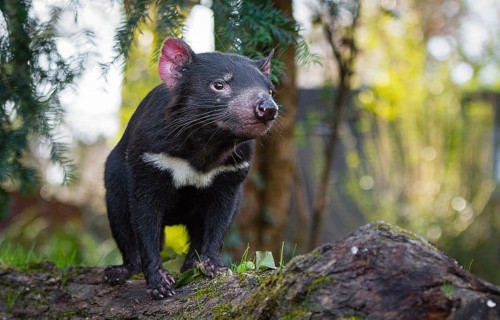
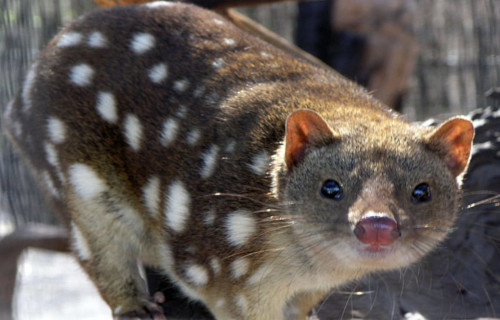
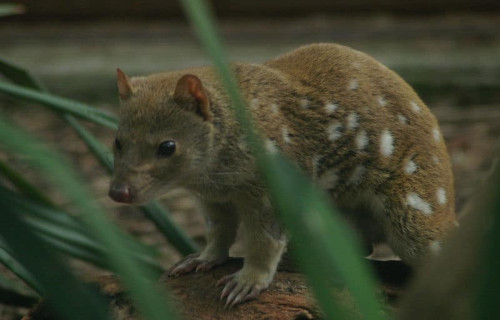
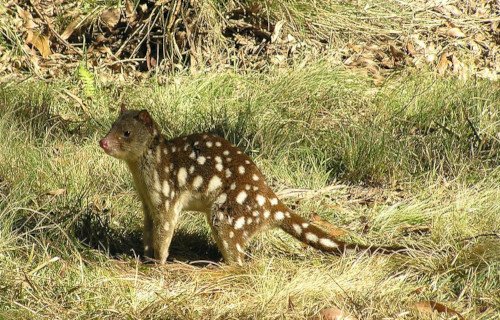
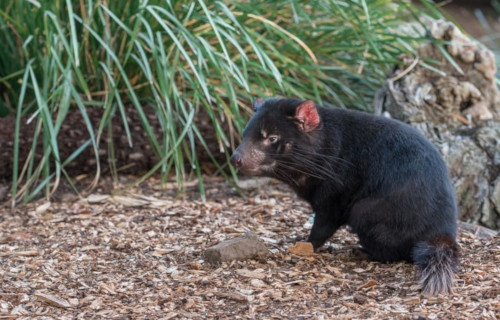
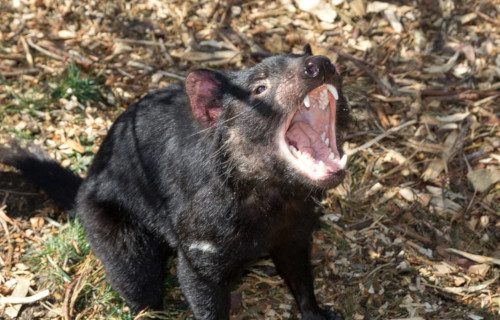
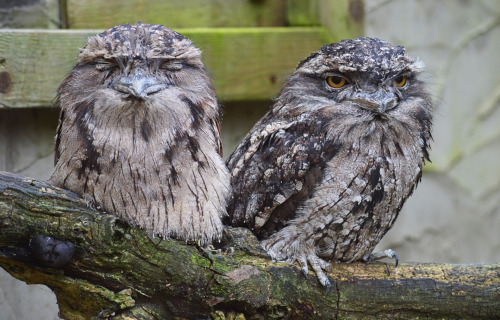
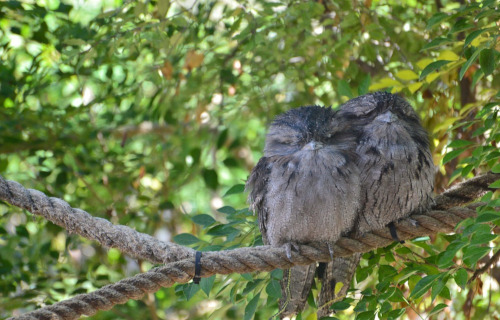










Leave a Reply